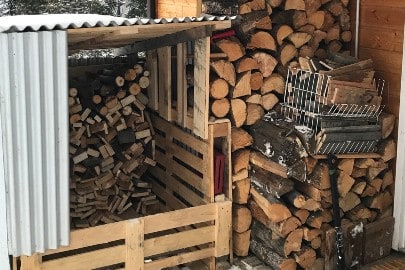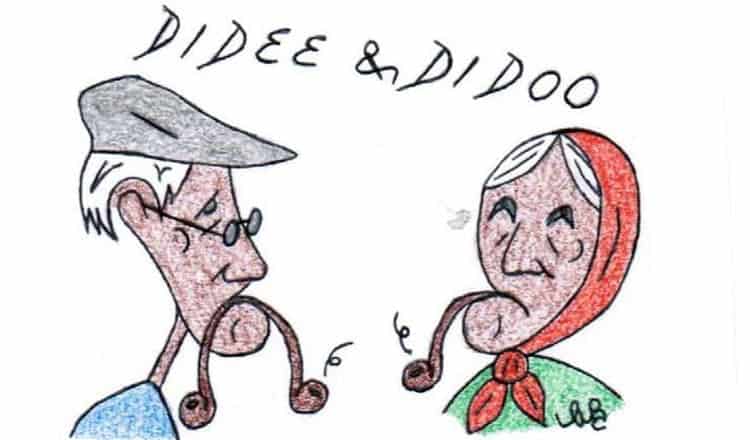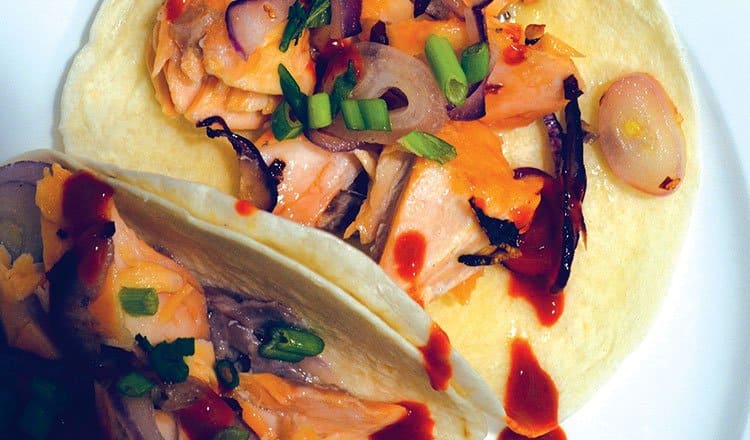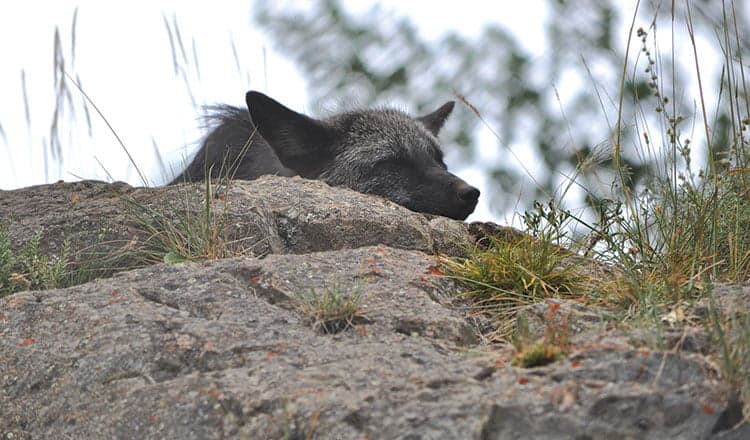An axe. A wig. A bone. These are the three things people searched for most frequently on the City of Whitehorse’s What Goes Where waste app. We’ve likely all held these items in our hand, jaws agape for not knowing whether they go in the green cart, the garbage, the recycling or with your stash of household hazardous waste—which may be the case for your tattered, old wig, depending on how many times you’ve worn it to Rendezvous.
The national administrators at the What Goes Where app have never seen anything like this. Other cities search for things like “dust” or “ash.” But oh no, not Whitehorse. We’ve got too many axes and bones and wigs to sort out before the dust even has a chance to settle. The good people of this city are in the throes of a mass waste-therapy program. Gone are the days when all unwanted things –stale bread, paint can, broken radio—got thrown together in the trash can or dumpster. Around the globe, people in cities are waking up to a new definition of the term “garbage” and it’s anything that can’t be sorted for compost, recycle or reuse.
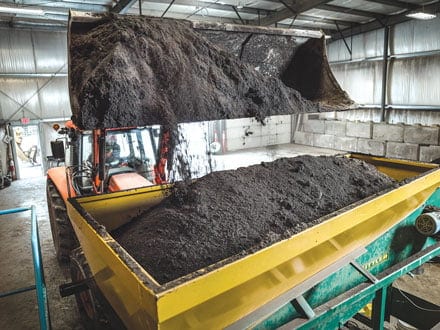
PHOTOS: GBP
Of the three, compost has to be the single most, straightforward, feel-good solution to our municipal waste woes. It really is a dream. A green dream. A huge, hot, brown pile of decomposing, nutrient-rich, steamy compost type of dream. You see, when you put something compostable in the general landfill—be it your banana peel, pizza box, snotty tissue, or leaf litter—it becomes starved of oxygen and doesn’t break down properly. It contributes to the production of a nasty sludge called leachate which inevitably poisons watersheds. It releases methane, a greenhouse gas that is 25 times more potent than carbon dioxide. So if you want to do something about the climate crisis, driving less, buying less and investing in green technologies are great, but don’t forget to scrape your plate in the right bucket.
More households, more businesses, more organizations are getting green carts every day. Everyone’s learning the sorting game. So many things simply don’t go in the general waste stream anymore: organics, cardboard, clean wood, recyclables, metals, electronics, appliances and so on. More people are using the What Goes Where waste app to answer questions about materials or look up their schedule (whitehorse.ca/compost).
In 2019, the City introduced mandatory commercial organics collection to the food-service industry. Restaurants digested the news and the system now runs pretty smoothly. French fries of this town are no longer banished to an afterlife in the landfill-leachate underworld. They now enjoy reincarnation as a garden-boosting compost, used to help feed the potatoes of next year’s French fry crop.
In 2020, organics collection is coming to every Whitehorse condo, apartment building and townhouse. Each unit is being supplied with a handy kitchen catcher, and residents will now empty their compostable materials, sans plastic, into the general green bin or green carts on the property.
It won’t be long before this entire town, at home and at work, is scraping and sorting every last bit of once-living fibre into the right bin. A brown-green dream come true!
And in the end, that bone goes in the green cart along with the axe handle, to be carefully transformed into top-quality garden compost. The axe head goes into scrap metal to be melted down and reused (steel is the most recycled material on the planet), and then there’s that wig. If it’s made of human hair, snip it off into the green cart. Otherwise, freshen it up and bring it to the next Halloween costume exchange (see Zero Waste Yukon for details). Although next Halloween, I know exactly what I’m dressing up as: The Whitehorse Waste App troll. Axe, bone, wig. Good to go.

